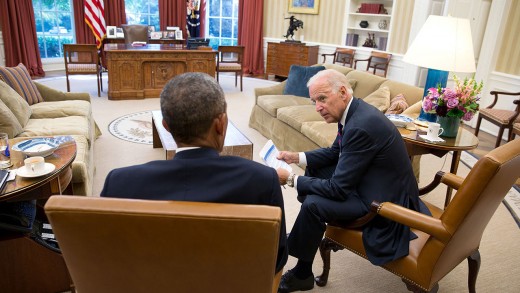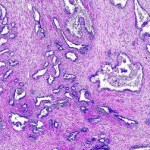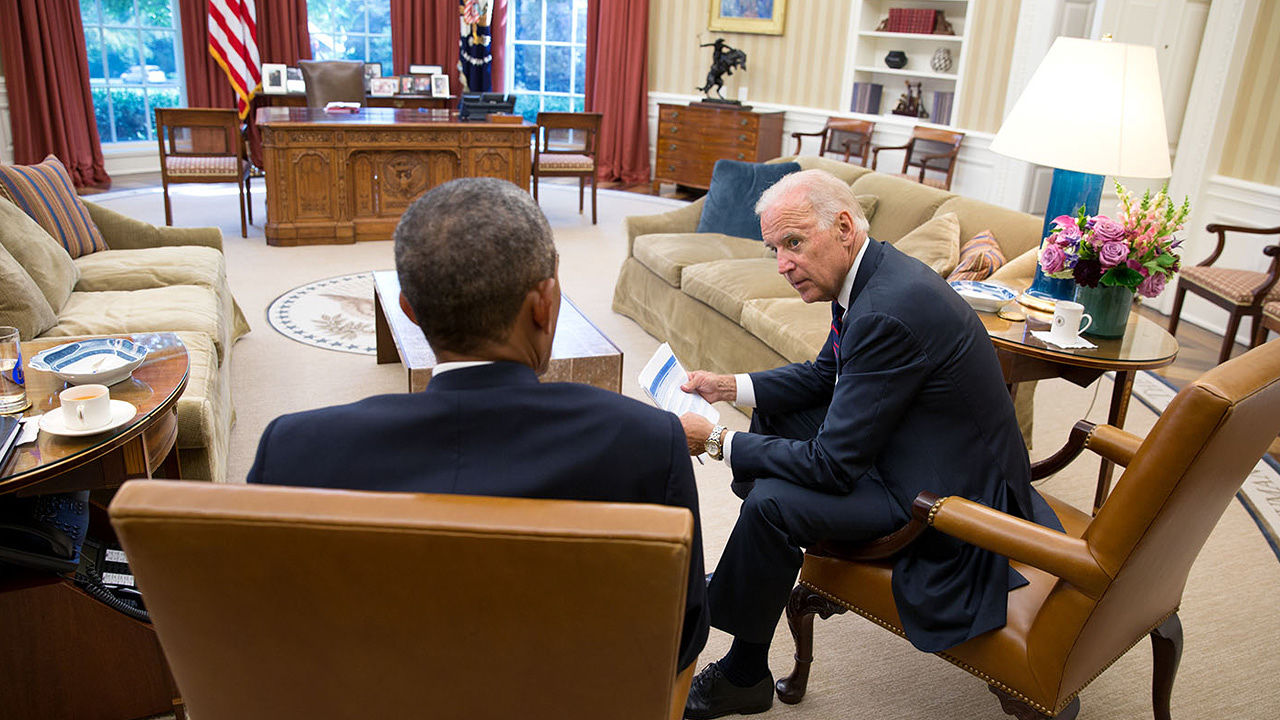this is How the federal government Plans To Spend $1 Billion On cancer cures
The White home convened its new cancer Moonshot job force on Monday and introduced plans to spend $1 billion on a treatment.
February 2, 2016
Monday was once a tremendous day in the struggle towards most cancers. vice chairman Joe Biden convened the primary meeting of the cancer Moonshot task force of government departments and other companies, the White home introduced a proposal to spend $1 billion on the hassle over the following two years, and in a Q&A with the task force on Twitter particular issues comparable to childhood most cancers have been highlighted.
In a truth sheet released on Monday afternoon, the White house proposed funding that includes $195 million this 12 months for the nationwide Institutes of health (NIH) and a proposed $755 million in the government’s 2017 price range for the NIH and the meals and Drug Administration (FDA). the fact sheet largely continues the themes the administration has hammered on since the State of the Union handle: genetic prognosis of cancers, remedies similar to vaccines that harness the immune gadget to attack tumors, and higher information sharing among researchers. On the last thing, the actual fact sheet specifies that this might be a huge effort together with now not just government and academia, but also philanthropies, affected person-suggest businesses, and biotech and pharmaceutical corporations. best government bodies will serve on the duty drive, however it’ll convene a “blue ribbon panel” that includes out of doors specialists.
There can even be a fund for blue-sky research efforts, what the federal government calls “excessive-chance, excessive-return research.” it is a beautiful vague area thus far. When requested what this meant, NIH director Dr. Francis S. Collins, tweeted, “We don’t understand yet, we’re depending on wildly inventive ideas from the entire community.”
focal point On children
Childhood most cancers hadn’t gotten so much point out except Monday, which a lot of people talked about all the way through the Twitter Q&A. The White house fact sheet requires a brand new center of attention on childhood cancer, including inspecting rare cancer tumors and learning how most cancers progresses so as to strengthen higher remedies. all over the Twitter Q&A, Dr. Douglas Lowy, acting director of the national most cancers Institute (a part of NIH) talked about a program referred to as the NCI-healthy trial centered at children with evolved cancer and few therapy options.
“children are unique. They deserve therapies which are made for them,” Danielle Leach, the director of presidency members of the family and advocacy at St. Baldrick’s foundation, tells quick firm. “Pediatric cancers don’t occur in adults, for probably the most part,” she says. St. Baldrick’s, which focuses on child cancer research, put out a press unencumber remaining week pronouncing that there had been shortages of kids’s cancer medicines (both chemotherapy and medicines to treat unwanted side effects) previously and that they expect more shortages sooner or later. “it is a downside virtually solely impacting youngsters in the U.S. and now not other developed countries,” says Dr. Peter Adamson, chairman of the kids’s Oncology crew (COG), within the press unlock. COG calls itself the world’s biggest group dedicated completely to childhood and adolescent most cancers research, and St. Baldrick’s closely money it.
large role For the militia
The White house reality sheet describes at size the significance of bringing within the U.S. militia. (safety and Veterans Affairs are two of the five federal agencies represented on the duty power.) The Pentagon is already spending tens of hundreds of thousands of greenbacks per year and funding individual facilities for breast, prostate, and gynecological cancers. the actual fact sheet does not say what more DOD will do, however, as opposed to allocating more money. The VA, in addition to the 250 cancer analysis tasks it already conducts, shall be a supply of conceivable patients for genetic research. About one hundred forty,000 cancer sufferers are enrolled in the VA Million Veteran program to contribute biological samples to genetic studies.
The Moonshot’s large, multipronged method seems neatly desirable to the multifaceted nature of cancer. On Twitter, Collins admitted that the moonshot metaphor is just not good, since there may be no longer a single destination for this effort. “more we find out about most cancers, extra we notice that it is a collection of #rarediseases. We wish to sort out all of them,” he tweeted.
(31)














